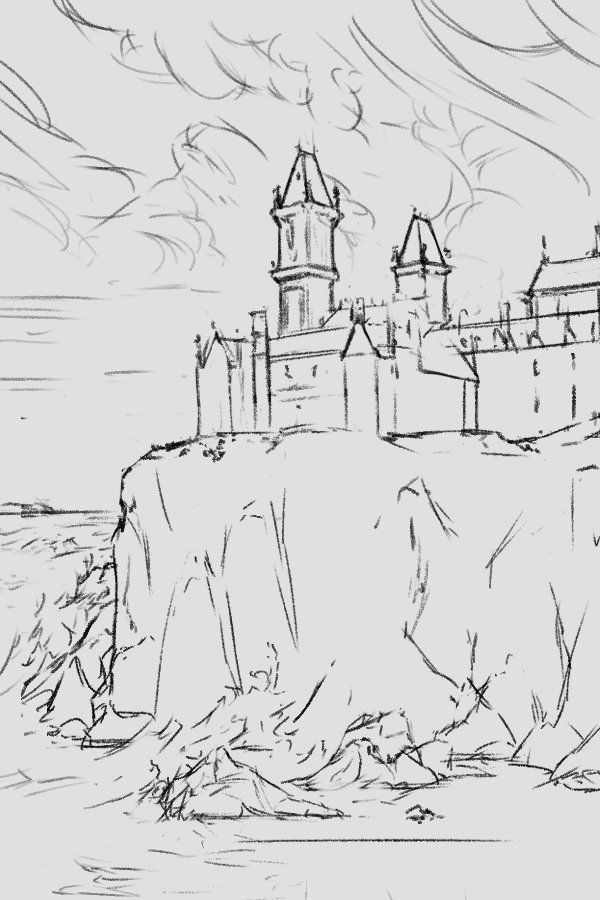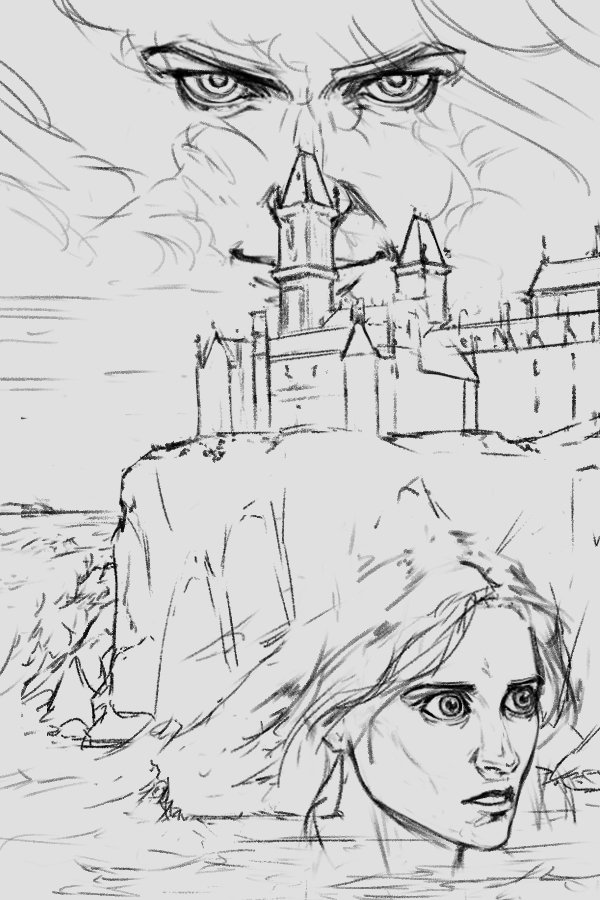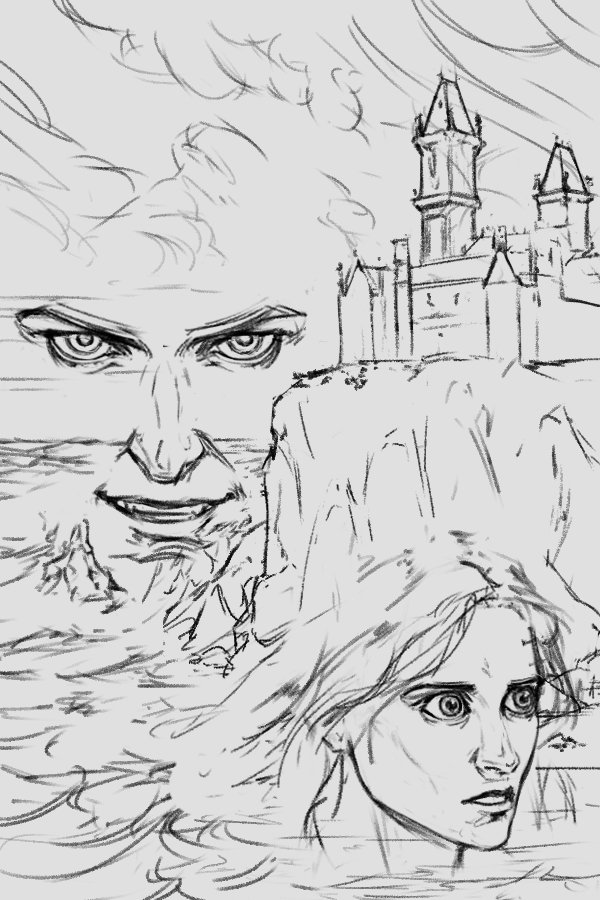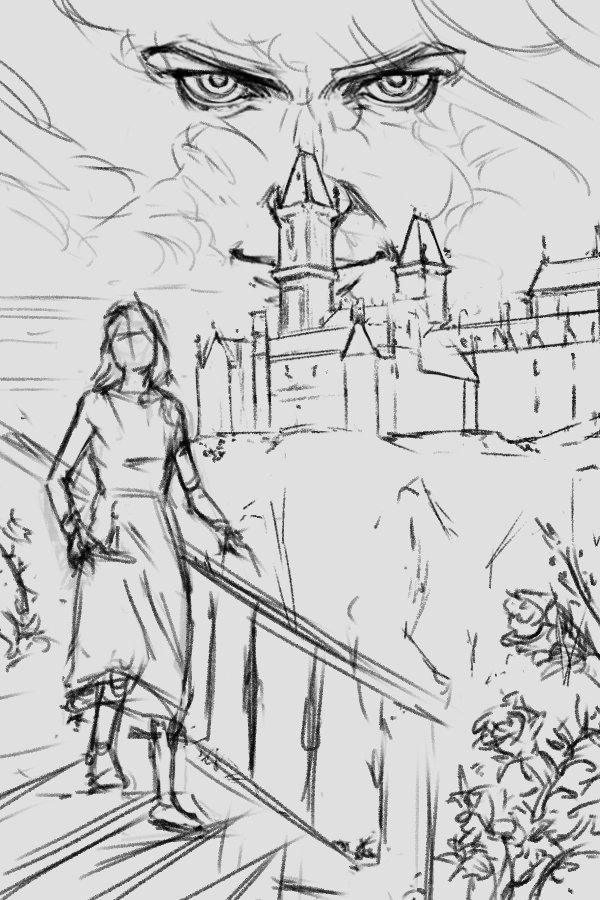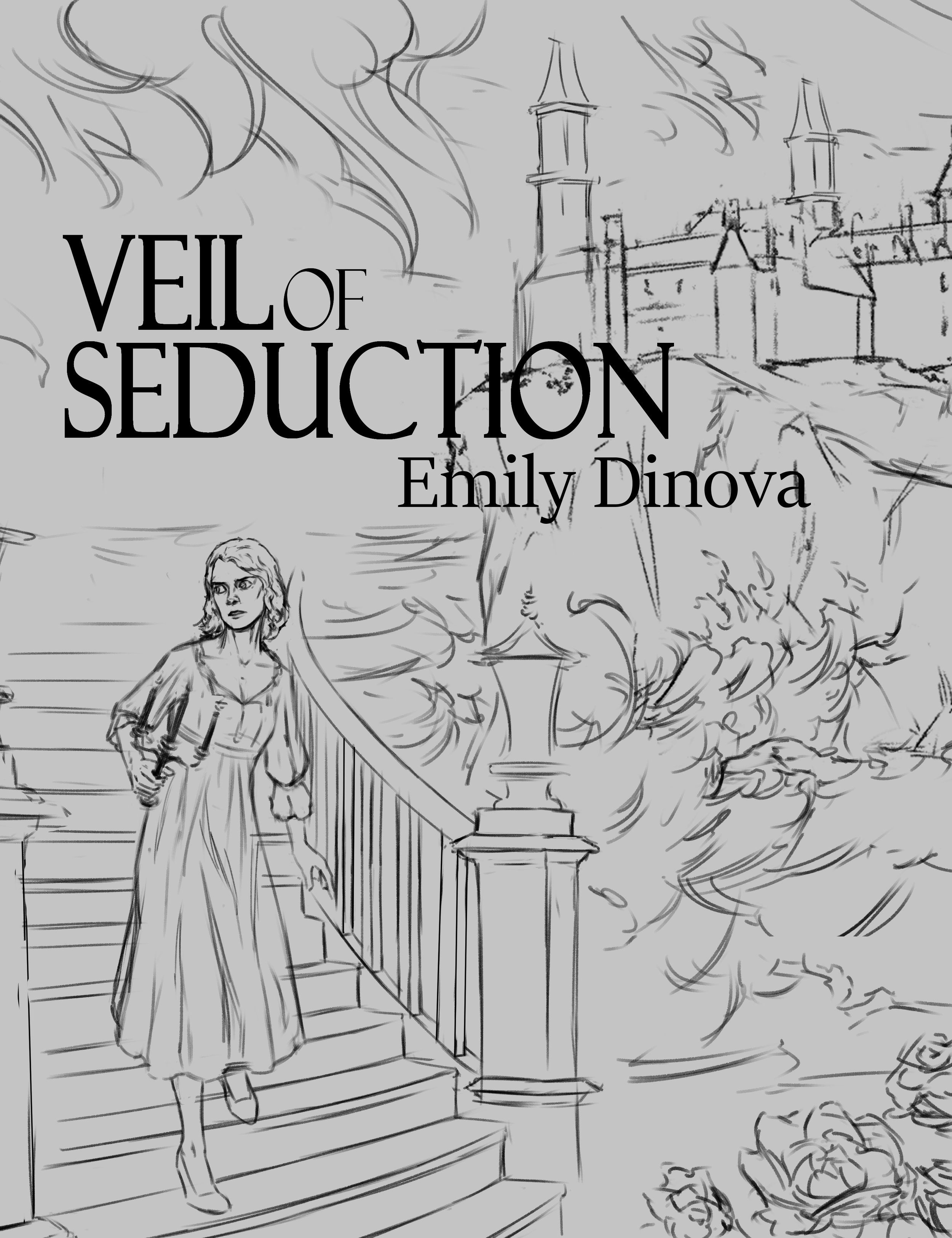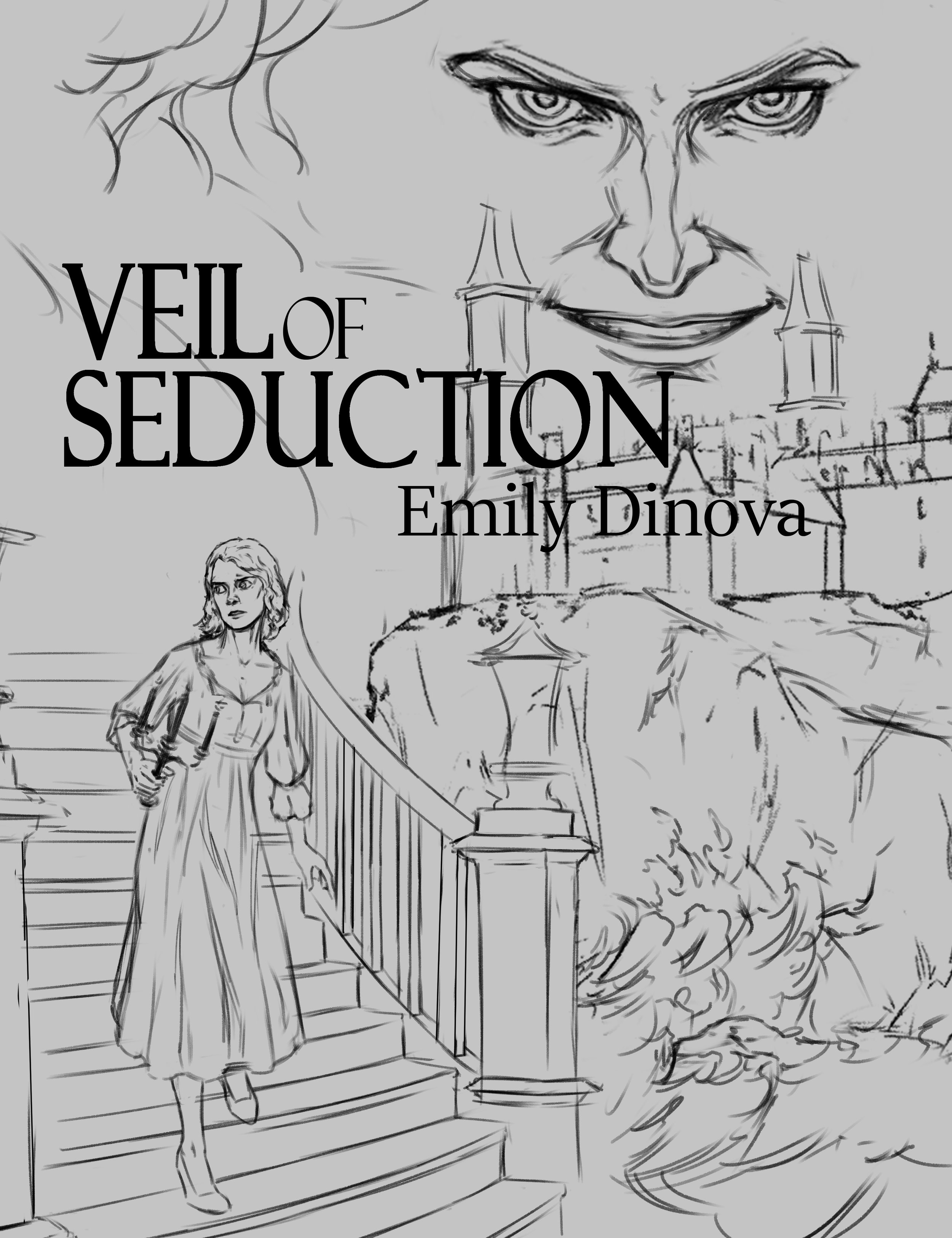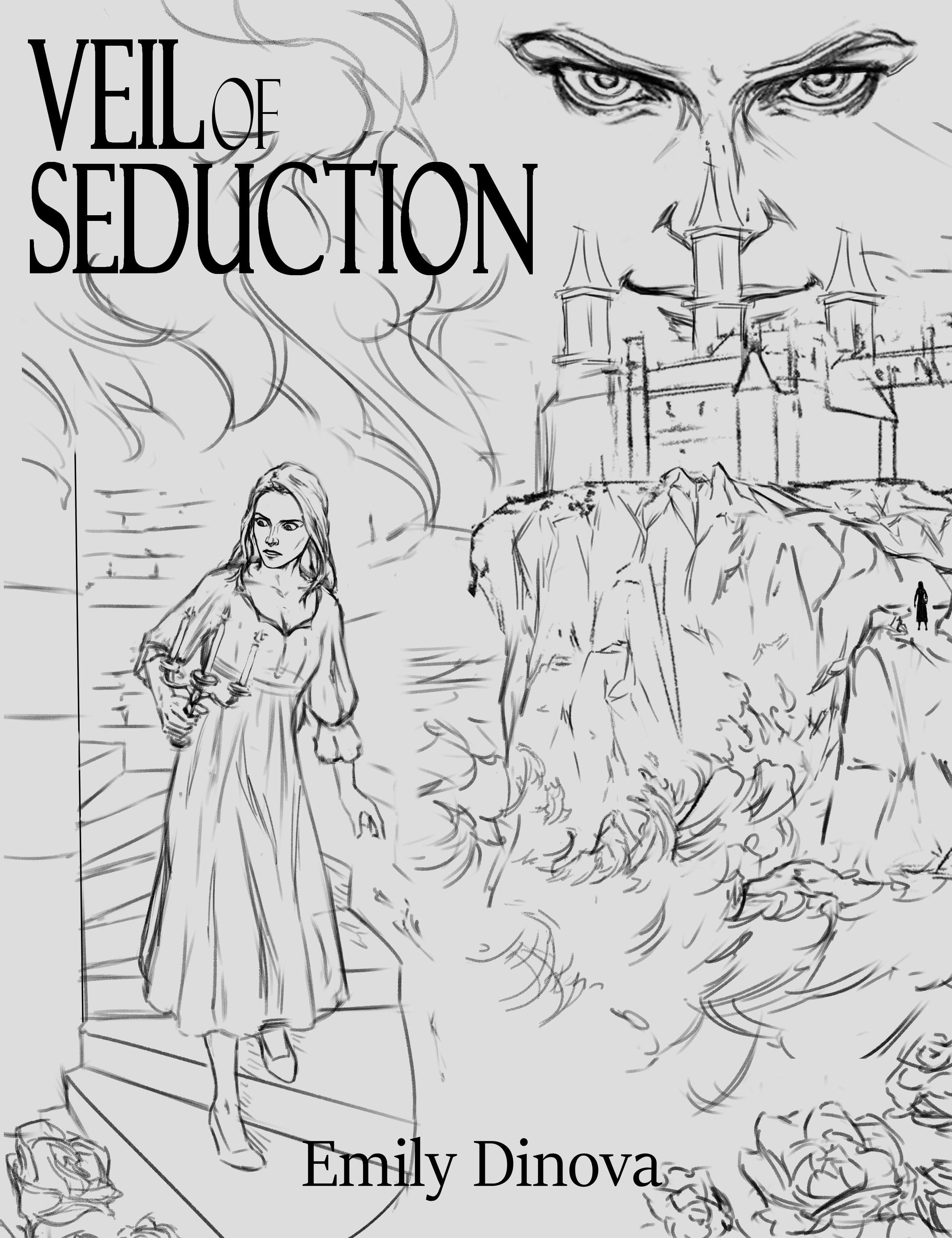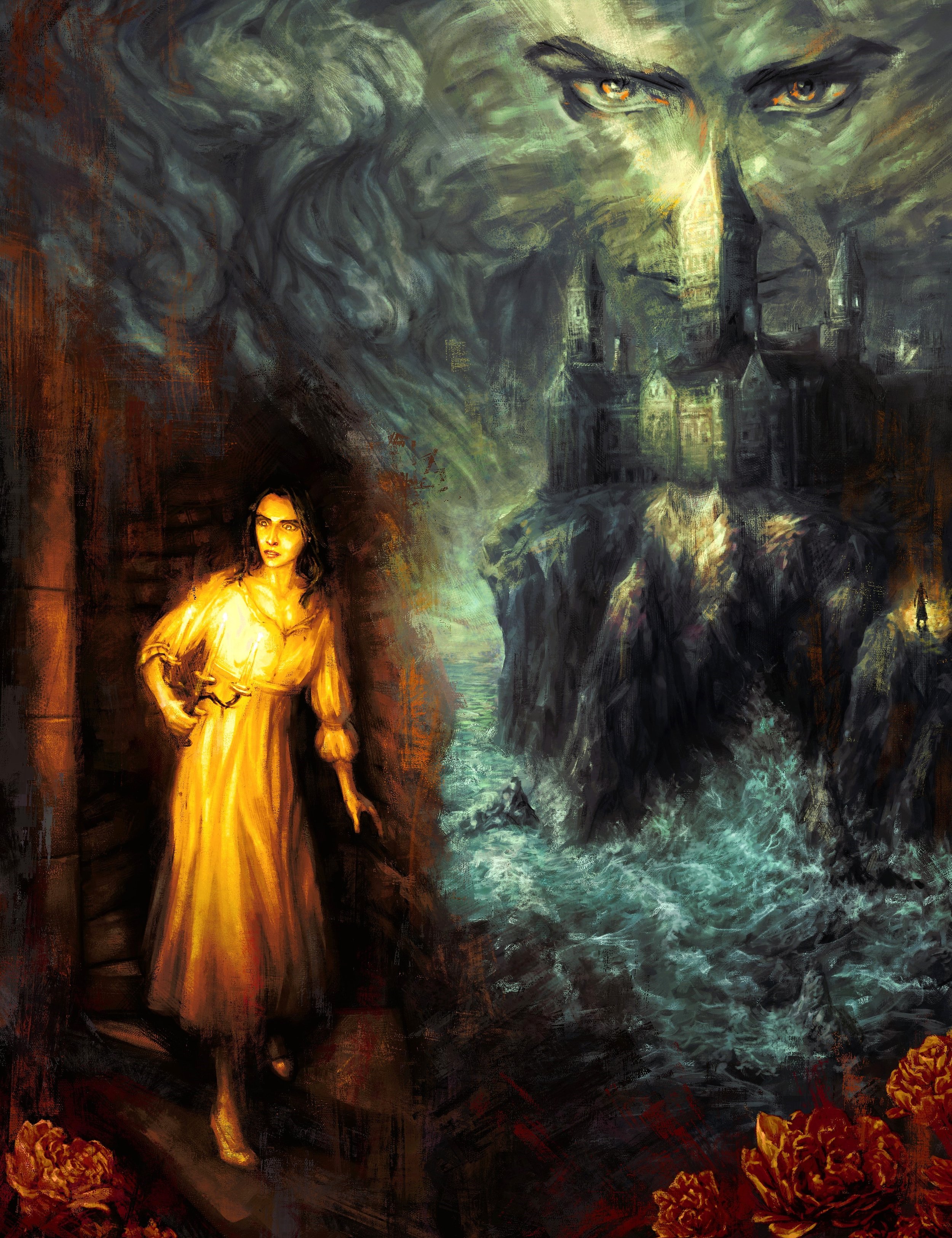Our house was destroyed.
The year was 2012 and Hurricane Sandy ripped through, among other places, the Mid-Atlantic States.
It is said that the storm damaged, destroyed, or severely flooded around 100,000 homes on Long Island, where my family and I lived. By December of that year, more than 2,000 homes were deemed uninhabitable.
At the time I was enrolled in grad school, studying acting. My then girlfriend was a dancer in the department and as these things go, I met and grew close to her family. As my parents went to live with an aunt and uncle of mine out east, I was fortunate enough to move into my girlfriend’s family’s home, a very generous offer that they extended to me, which also made my daily commute to Long Island University far more doable.
I grew very chummy with her brother Lou, a history buff who went on to become a history teacher. One day he casually told me about an academic paper he had read that he thought I might enjoy. When he told me it was about baseball (big Yankee fan here!) and the role it played in the ever-evolving relations between Japan and America, I was immediately intrigued. A scholarly article about the greatest sport in the world!? Sign me up! Amidst the cyclone of confusion and devastation that ensued, however, the existence of the article fell into the obscurity of my mind as life forced me to focus on other things.
Regardless, a creative seed had been planted.
Fast forward to September of 2015.
For some reason, out of the blue, I remembered that article. I never did get my hands on it and so I emailed Lou; after a quick email to his old professor, he obtained the PDF version and sent it my way. The piece was entitled For Love of the Game: Baseball in Early U.S.-Japanese Encounters and the Rise of a Transitional Sporting Fraternity; it was written by Sayuri Guthrie-Shimizu.
As I read it, I was mesmerized by the enchanting history, a phrase not often uttered when referencing a peer-reviewed article. Don’t get me wrong – it was certainly academic, but I saw through its scholarship and could smell the fertile soil of a great story (as a matter of fact, many of the characters in my novel were directly inspired by historical figures mentioned in the piece).
Though I enjoyed historical-fiction, the genre was certainly not my forte. I did, however, like a challenge. Ideas started swirling in my head - directions I could take the story, historical avenues I could explore.
And then, of course, I started writing something else and the story once again fell by my creative wayside.
That is until the 2020 Covid-19 Pandemic emerged and I found myself in quarantine. Determined to remain productive – I decided to take one of the ideas I had for a novel and give it a go.
The problem was, and indeed it’s a good problem to have, I had a handful of good ideas that I felt could make for great novels.
That’s when I noticed the news was reporting a rise in Anti-Asian sentiment in the United States. Later, in August of 2021, NPR reported more than 9,000 Anti-Asian incidents had been documented since the pandemic began. The New York Yankees’ own ace at the time, Masahiro Tanaka, left the ball-club and the country to go back to Japan upon having concerns about his family’s safety due to the spike in discrimination and hate crimes against members of the Asian community.
I thought of that article. I thought of how baseball acted as a healing factor between the Americans and Japanese after being at war with one another. All the other novel ideas suddenly paled in comparison.
With that article as my springboard, I catapulted into piles of research, which included World War II, Japanese culture, mid-20th century culture in general, the history of baseball (there’s so much that your average fan like myself had no idea about!), and countless other topics.
I began assembling. I amassed quotes, notes on fascinating historical tidbits, events, laws, pandemics, milestones, records, occurrences, statistics, journals, philosophies, articles; anything I could get my hands on.
The following quote convinced me that the relationship between baseball and war was far from trivial:
“Baseball is part of the American way of life. Remove it and you remove something from the lives of American citizens, soldiers and sailors." - Private John E Stevenson
I created a massive timeline. It went as far back as 1871 and as recent as 2004. This timeline became my novel’s bible. Anything that could be relevant to my story went on the chronological itinerary.
Upon glancing at this timeline over and over – I soon realized that my initial idea of writing a story about an American soldier and a Japanese soldier during and after WWII just didn’t seem to cover enough ground given all the wonderful information I had accumulated.
And so I decided to expand my story to make it a multi-generational tale. Though it has a less epic scope than something like Centennial, James A. Michener’s 1974 novel and the subsequent 1978 mini-series acted as inspiration.
My novel suddenly became not just about Eugene and Yuujin, my main protagonists, but also their grandparents and, to a slightly lesser degree, their parents. I could now trace and explore baseball in relation to America and Japan in its entirety.
Which, of course, meant – more work for me! But again, being quarantined allowed for such an indulgence. And so I wrote. Every. Single. Day.
A little history to wet your beak - in the 1870s, as part of the state-driven modernization program, rulers in Tokyo recruited over 3,000 experts called oyatoi (foreign employees) from Europe and the United States. As Americans were valued in public education, those in that department came to Japan. And do you know what they brought along with them? Bats and baseballs! The game was primed to spread! And so I made Eugene’s grandfather one of these oyatoi…
After a good year, I had a solid manuscript.
It was important to me that the novel was not only a great story – but had literary merit as well.
As I thought about possible themes, motifs, and metaphors – baseball concepts lent themselves naturally.
For example, the idea of “making contact” came to mind. Hitting a baseball is one of the hardest, if not the hardest, feats to accomplish in professional sports. As too is making contact in the sense of forming a connection with another human being or culture. This parallel acts as the backdrop to an entire chapter late in the story. Crossing the threshold of difference to make first contact with a new world can take strength and courage.
Speaking of strength and courage, the novel opens with the (historically accurate) near-complete destruction and seizing of Shuri Castle. Yuujin, part of the Japanese rearguard unit, soon finds himself the last living member of his regiment and before long becomes a POW. In real life, Shuri Castle had always symbolized strength, power, and honor and in my tale Yuujin had always revered the palace. And so its physical demise mirrored the spiritual demise of Yuujin, who deals with the shame and dishonor associated with being captured. He very much wonders if both he and the castle can one day be restored to the glory and honor they once exemplified.
Eugene, our American counterpart, is put in charge of watching Yuujin as they wait for a transport and things don’t exactly go smoothly. In fact, Yuujin gets a punch to the face. Enter one of the novel’s motifs – Yuujin’s bruise. Eugene watches the black and blue begin to form and take shape. As they become friendlier, the blemish becomes more profound, acting as a visible reminder of Eugene’s act of brutality. Bruises are interesting in that they’re not actually very deep under the skin but they’re quite grotesque to behold. Eugene marked his enemy. And then he questions how much of an enemy Yuujin truly is. Even when he returns home, Eugene is haunted by nightmares of a discolored Yuujin, his ever-swelling contusion enveloping his face.
The novel’s pillars of baseball and World War II, being male dominated, also opened up the natural lane to discuss concepts of manliness and masculinity – that age-old but seemingly ever-shifting question of: what does it mean to be a man? To discuss such notions through a 21st century lens, via 20th century characters, made for an interesting expedition and reflection as well.
But enough of metaphors and themes! One of the more fun aspects about the story is bumping into major historical figures. I won’t give them all away but don’t be surprised if, while reading, you meet the likes of Joe DiMaggio, Mark Twain, General Douglas MacArthur, and Theodore Roosevelt!
I certainly enjoyed getting to know them. And I fell in love with all my other characters as well. Of course they eventually became their own and now I must give them away.
They say a flower blooming in a storm is stronger than a tree blossoming under a rainbow. A natural disaster was the genesis for this story and cultivated a decade old seed that formed during a pandemic and is now ready to flourish and present itself to the world.
That’s pretty special.
My lifelong dream has always been to become a novelist. I would like to thank Henry Gray Publishing for making that a reality.
I very much hope you enjoy my debut novel. And I very much hope it affects and satisfies your heart and mind in the most literary of ways.
The Devil in the Diamond embraces the idea that two countries who share the game of baseball can never be true enemies. It is a story about the fraternity of nations and their connective tissue of baseball, which acts as a first step to re-building a peaceful future. The devil in the title very much refers to racism and bigotry, cruelty and hate. Despite it being a period piece, this novel confronts a contemporary revelation: not only does history often repeat itself - ignorance unfortunately does as well.










